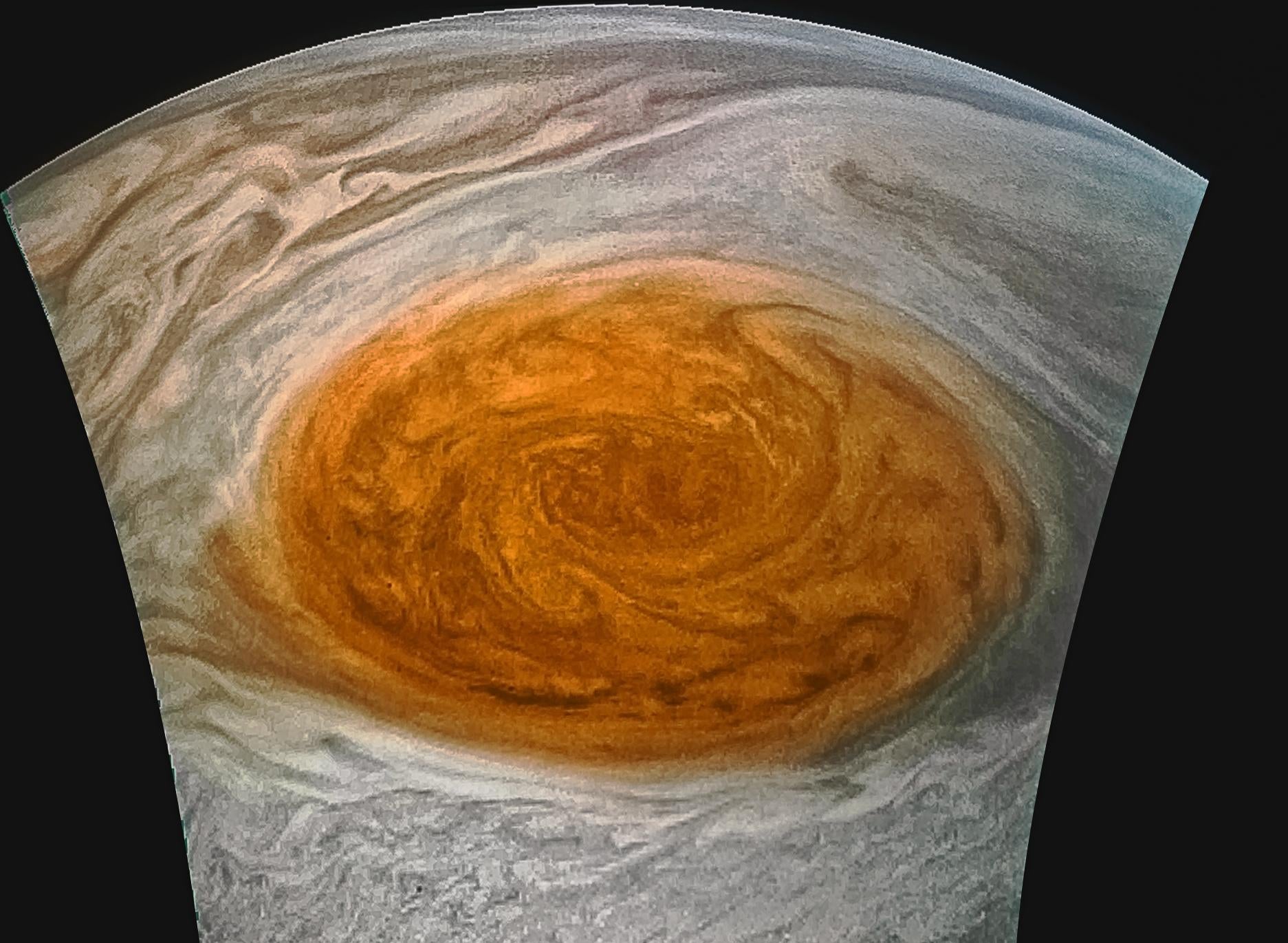The dramatic way our view of Jupiter’s giant red spot has changed over the past 138 years
A humongous storm has been raging on Jupiter for at least (and possibly much more than) 350 years. At its observed peak in the early 20th century, the “Great Red Spot” stretched more than 40,000 km across the planet, big enough to engulf three Earths placed side by side. It is among the most-studied planetary phenomena, and yet we still don’t fully understand why the spot formed or why it has its deep red color.
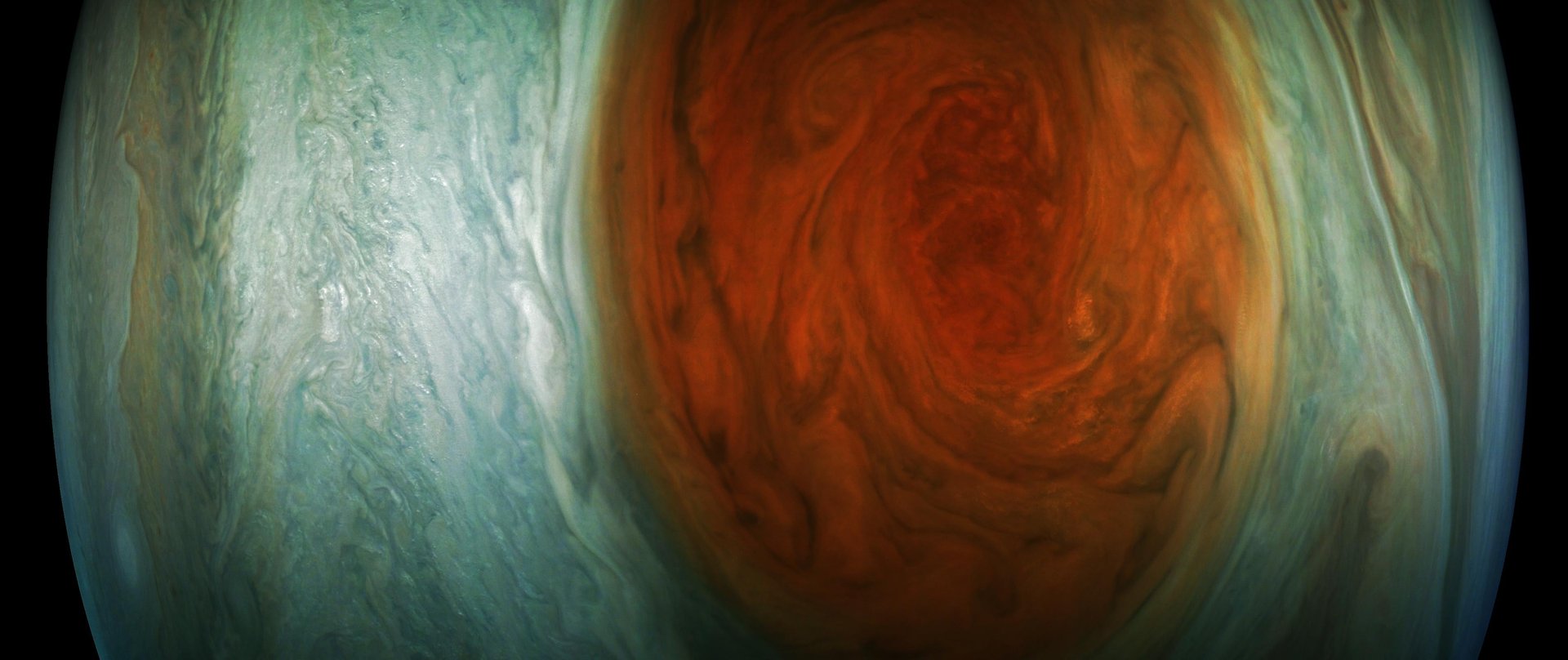

A humongous storm has been raging on Jupiter for at least (and possibly much more than) 350 years. At its observed peak in the early 20th century, the “Great Red Spot” stretched more than 40,000 km across the planet, big enough to engulf three Earths placed side by side. It is among the most-studied planetary phenomena, and yet we still don’t fully understand why the spot formed or why it has its deep red color.
This week, NASA’s Juno mission took the closest-yet images of the giant red spot. Quartz has collected archival images to show just how dramatically our view of this Jovial storm has changed over the last 138 years.
1879

1890
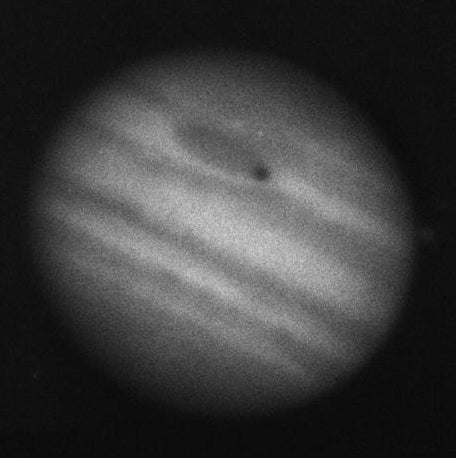
1973
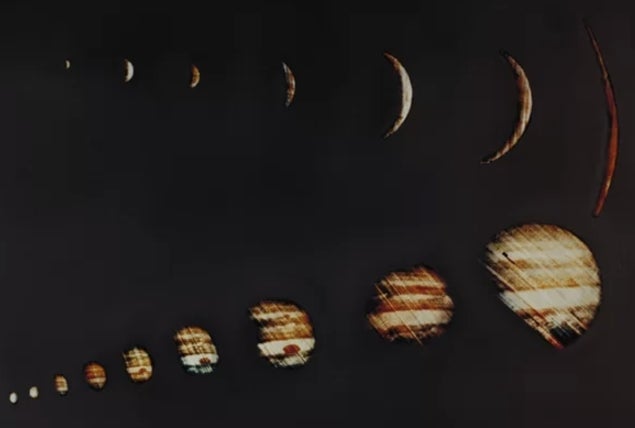
1979
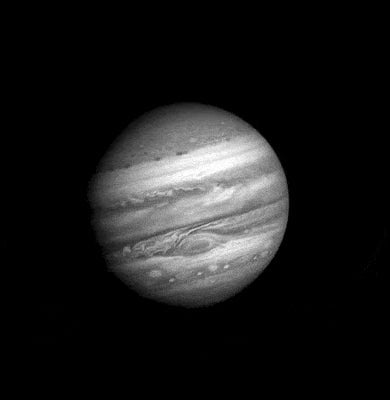
1996
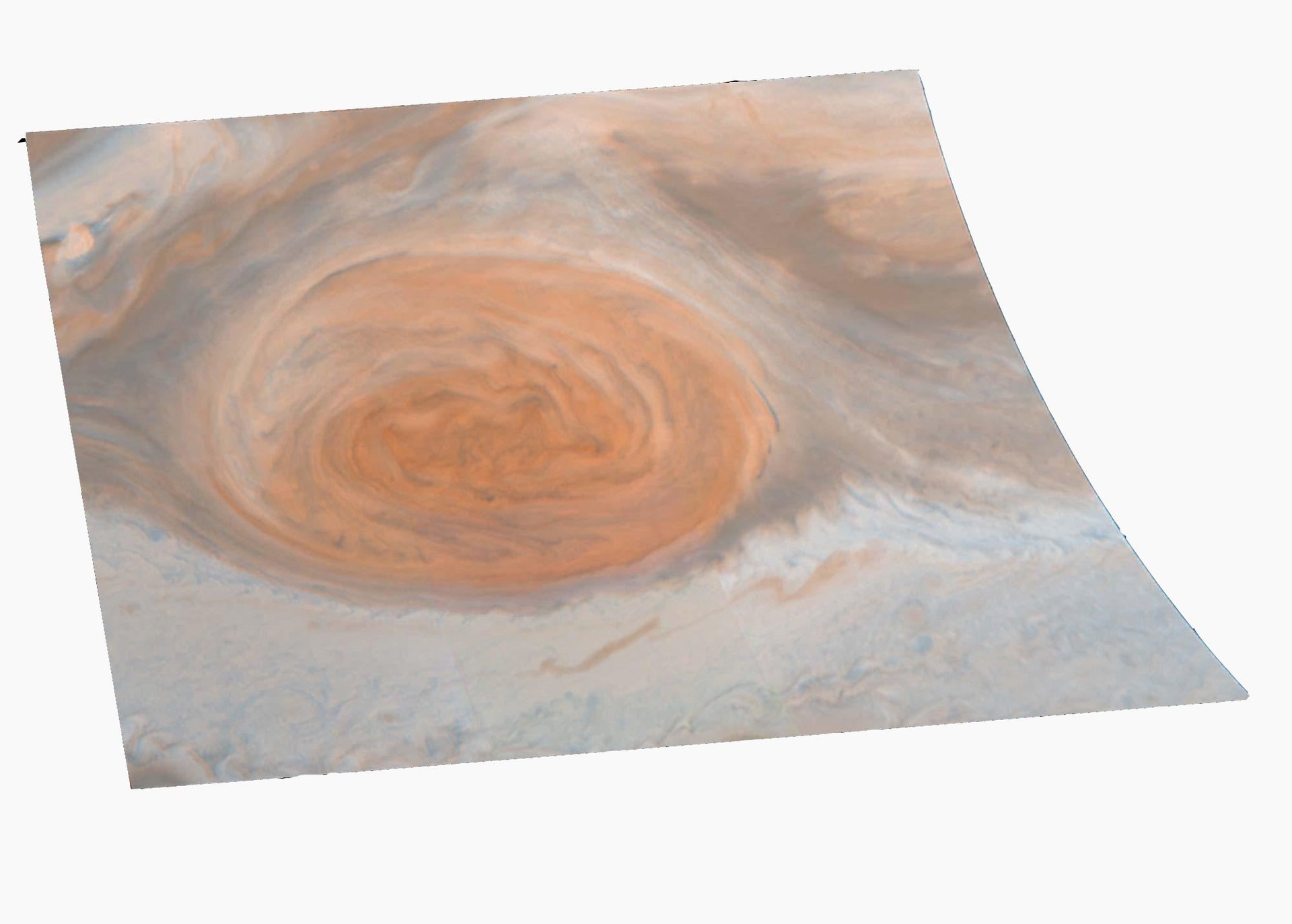
2000
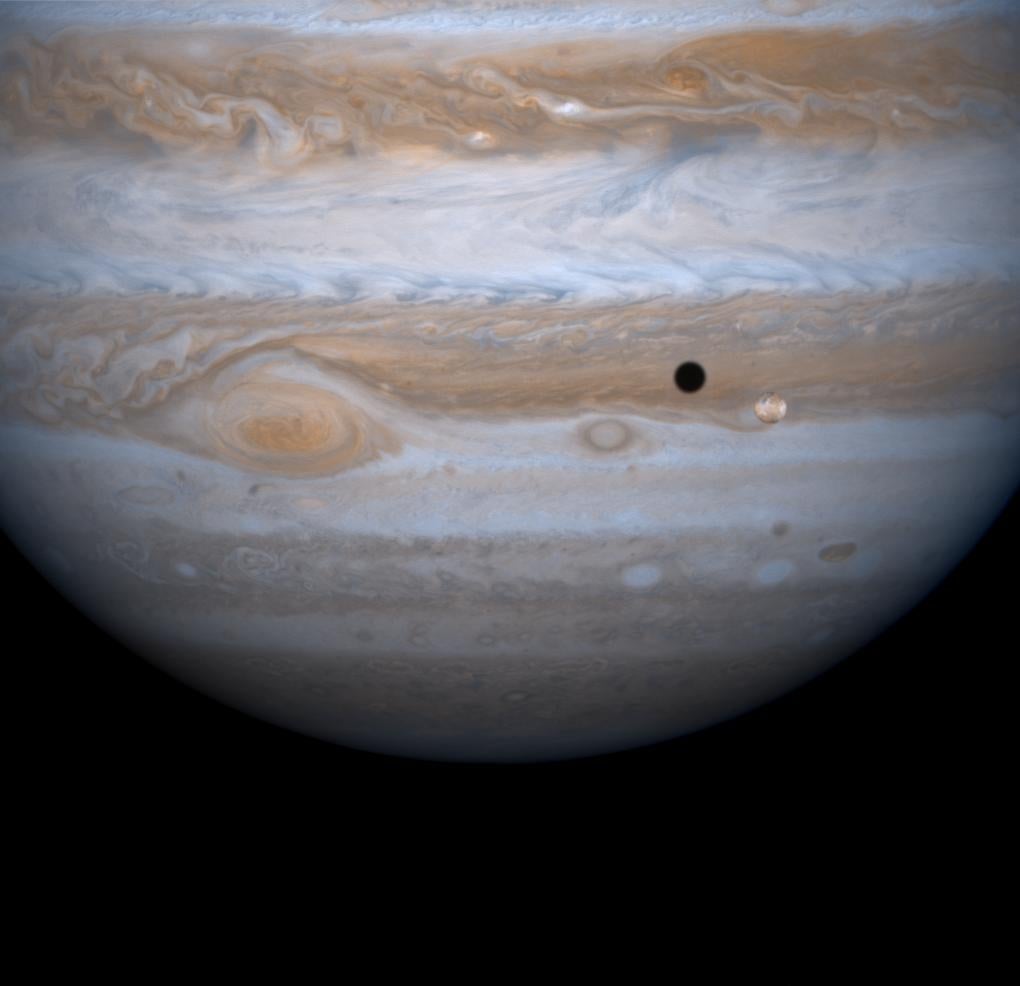
2008
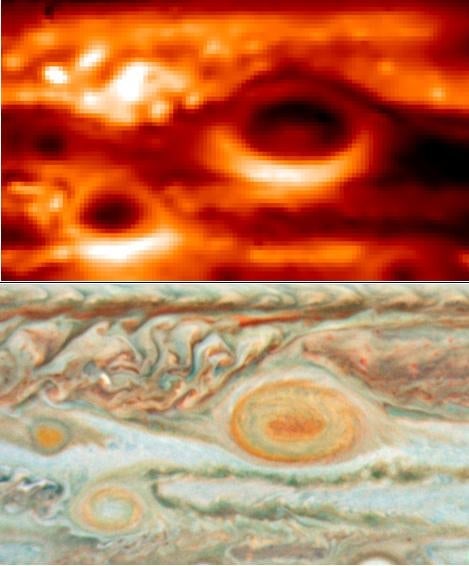
2016

2017
